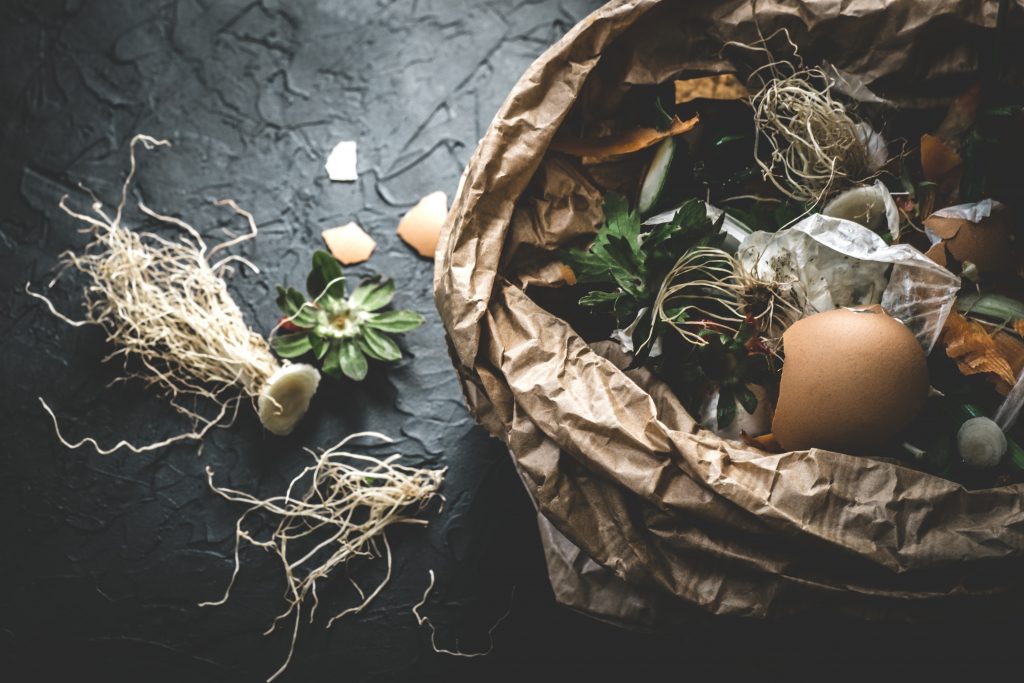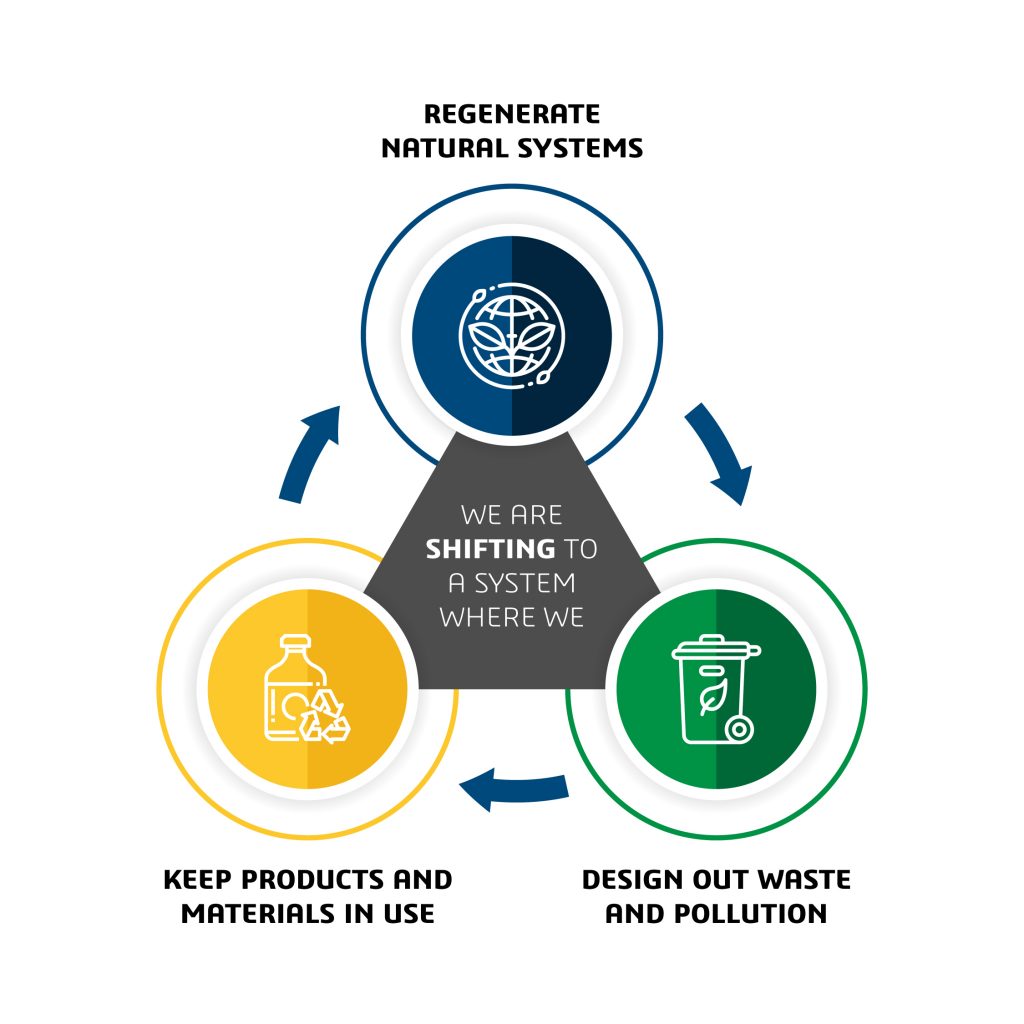Food Waste is a Big Problem That Can be Solved
Blog: Apriso Blog


The holiday season has started and for most cultures, this means enjoying food with family and friends. Food traditions differ a lot across different holidays (e.g. Christmas, Hanukkah, Chinese New Year, etc.) but the meals have one thing in common—there is always excess food and leftovers. Even if the festive season looks a little different since the pandemic hit, food waste remains one of the biggest negative side effects of holiday consumption.
Food waste has become a major global problem with real consequences to the planet. According to the UN Environment Program’s Food Waste Index, 923 million metric tons of food is wasted globally every year. Besides being a waste in precious resources, this quantity of wasted food also contributes to 8-10% of greenhouse gas emissions, making it actively detrimental to our environment.
“When we throw away food, we’re also throwing away the land, water, and energy used to produce that food.”
Source: https://www.worldwildlife.org/stories/how-to-reduce-food-waste-this-holiday-season
The problem seems to be greater in developed nations. The United States, for example, wastes about 40% of their food, amounting to about 125 to 160 billion pounds—much of which is perfectly edible. In terms of cost, that equals to a loss of $218 billion to the country every year. A wide variety of reasons contribute to the generation of food waste and food loss, but awareness of the magnitude of this problem is only slowly growing.
There already are options such as food sharing and food saving platforms to help reduce the problem of food waste on the consumers’ end. However, the bigger share of food that goes to waste happens in supply chains, which differs from food waste and is referred to as “food loss.” Issues in processing can result in a lot of food being wasted before ever reaching stores. Poor planning on the food production side can result in crops not being harvested, food spoiling during transportation, or even overproduction, leading to food products going bad on the shelves before they can be sold.
The reality remains that the majority of food waste generated likely ends up disposed. The capacity to recycle or reprocess food waste worldwide is still limited and insignificant compared to the amount of food waste being generated. Therefore, the most impactful solution in working towards international sustainability efforts would be to avoid generating food waste and loss.
The Right Approach to Food Waste Reduction
With the right solution and strategy, food manufacturers have the potential to create a major impact in reducing the scale of our global food waste crisis. The first step requires food manufacturers to embrace two concepts: supply chain transparency and the circular economy.
Modern consumers are increasingly holding companies to a higher standard of ethics in their operations and business practices. In the context of food manufacturing, this has much to do with food waste and environmental impact. By creating greater transparency throughout food supply chains, manufacturers can identify where the wastage happens and solve the problem at the source.
To achieve a circular economy, food manufacturers must transform their supply chains from linear to circular. In a circular economy, food supply chains no longer end with the consumer. Manufacturers utilize reverse logistics to recover waste from the consumer’s end, which can be processed and reused for different purposes and offset the manufacturer’s environmental impact.

Innovation has led to new ideas about how food waste can be processed and reused. Food waste and inedible by-products can be made into various products such as clothing, wipes, packaging material and microbeads for skincare. Several companies have already ventured into using innovative ideas to create products for the wider market—for example, producing silk from orange peel (see Orange Fiber) or clothing from milk proteins (see Qmilk GmbH).
Another interesting new idea is the use of volatile fatty acids derived from food waste to create sustainable aviation fuel. The United States consumes over 21 billion gallons of jet fuel every year, with the aviation sector contributing around 2.5% of global greenhouse gas emissions. Should this idea prove to be commercially viable, diverting food waste from landfills to create sustainable aviation fuel will have significant impact in reducing greenhouse gas emissions. Recovery of the waste required to produce sustainable aviation fuel or bio-diesel fuel would normally pose a significant challenge in logistics planning, but it can be made easy by leveraging solutions by DELMIA.
Enable Sustainability with DELMIA
Working towards supply chain transparency, a circular economy and reducing food waste requires food manufacturers to have a greater capacity to plan efficient operations that can meet market demand while minimizing waste. Food manufacturers can realize this vision by leveraging advanced planning capabilities and end-to-end supply chain visibility with DELMIA solutions, powered by the 3DEXPERIENCE platform.
- Leverage forecasts and market intelligence to minimize waste from overproduction
- Plan and optimize virtually to reduce environmental impact without sacrificing production
- Have full visibility and control over what happens throughout the supply chain
- Utilize logistics planning to optimize distribution and enable reverse logistics
With the DELMIA Quintiq solutions, planners not only measure their sustainability KPIs such as CO2 emissions, proportion of waste produced, recyclability rates and proportion of recovered materials used in new production—but they can actively make them part of their plan. Made to be easily implemented to integrate existing systems used by manufacturers, the solution highlights potential areas of improvement to reduce waste and increase operational efficiency. By modeling several KPIs at the same time, food manufacturers are empowered with data that enables them to create the best plans to minimize environmental impact while being balanced in line with other business KPIs.
For example, our solution has helped protein companies reduce waste dramatically by optimizing valorization. The improvement of sustainable valorization of products and by-products has become a key focus for meat planners, allowing them to easily compare different scenarios and choose the optimal plan. Watch the replay of our recent DELMIA Operations Series event—featuring the Kraft Heinz brand Oscar Mayer—to learn about best practices in recipe-based production planning.
Future Food and its Formulation
The transformation of food products is at an inflection point. Driven by new consumers, personalized health as well as environmental demands, it is also seeing an increase in science-driven innovation. Innovative recipe and formulation management is key. Food manufacturers and even restaurant owners are accelerating operational and product changes to meet the sustainability mandate.
We know about alternative protein products replacing meat products these days, but the next big trend will be alternative seafood. Several start-ups are working on creating smoked salmon from microalgae and specialized proteins derived from fermentation while others are developing lab-grown seafood. The path to create and produce truly sustainable seafood is very challenging as the taste, texture, look and eating experience is a vital part of creating a successful product.
The development of new products and the reformulation of existing products is complex as companies need to substitute certain ingredients while adhering to safety regulations, quality standards, production budget as well as customer tastes. Watch our webinar to see how CPG manufacturers can optimize their lab operations to be more efficient—or download the ebook on how perfect formulation and the Virtual Twin Experience can help accelerate innovation in food manufacturing. To learn more about future food trends, download our ebook here.
Food manufacturers, retailers and consumers all have important roles to play in reducing food loss and waste. A major shift in this regard would lead to more efficient land use, better water resource management and a positive impact on our climate. With the holiday season fast approaching, let’s make the push for greater sustainability a top priority in our society to serve as a meaningful gift for generations to come.
Watch Dr. Morgaine Gaye, Food Futurologist on “Future Trends Influencing New Food Products” now on DELMIA’s YouTube channel.
Leave a Comment
You must be logged in to post a comment.








